In the spring of 1959 Bruce Davidson met a group of teenagers in Brooklyn who called themselves The Jokers. In New York City there was an estimated membership of around a thousand. To begin with, Davidson’s time was supervised by a social worker—someone who had been assigned to stop the gang from fighting following a violent scrap in Prospect Park. But as soon as Davidson was able to build rapport with the group he started to hang out with them on street corners, at the candy store, and at Coney Island where they went with their girlfriends. He was 25. They were about 16.

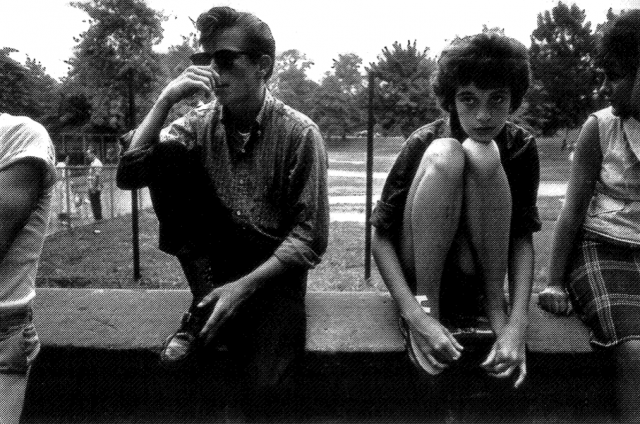
“We used Vaseline petroleum jelly to make our hair stick like iron in a pompadour. We combed our hair constantly, wore sunglasses, and all thought we were Marlon Brando’ Bengie, Joker gang member.” (pg.94)
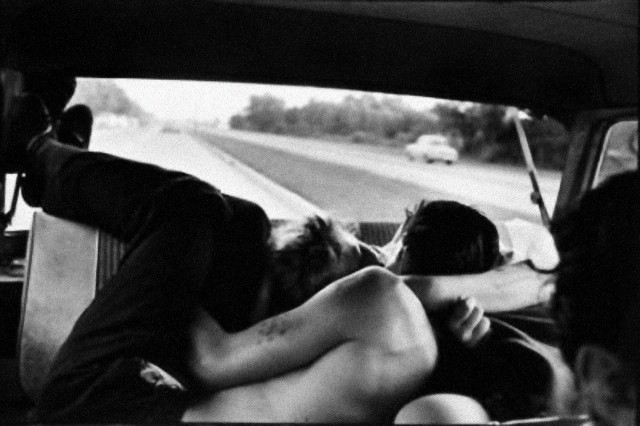
“[In the summer of ‘59] I found myself involved with a group of unpredictable youths. In time they allowed me to witness their fear, depression, and anger. I soon realized that I, too, was feeling some of their pain. In staying close to them, I uncovered my own feelings of failure, frustration, and rage.” (Davidson, 1998. pg.81)
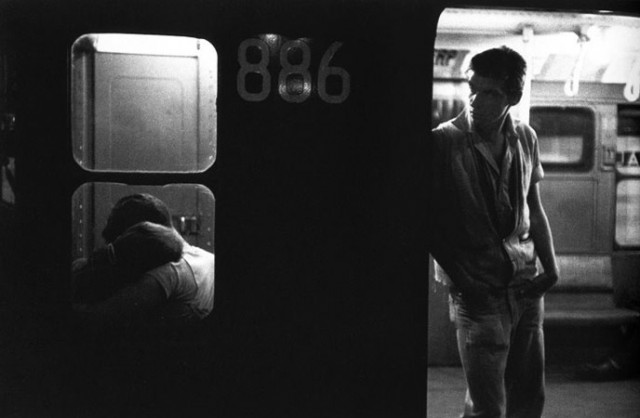
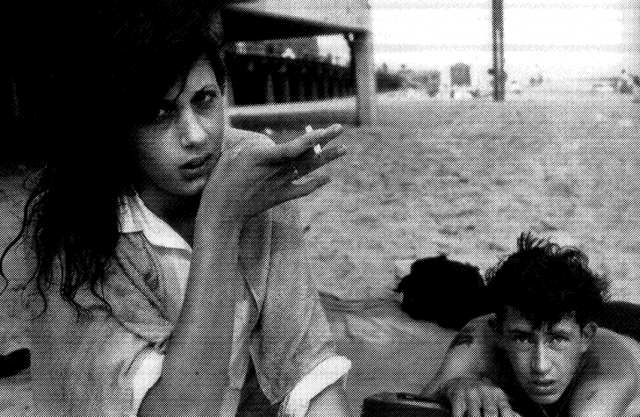
“I got thrown out of Catholic school when I was ten and P.S. 10 when I was fifteen. I went through Catholic and public school and never learned how to read or write. I always had this resentment about teachers and the nuns. Like why didn’t they know? Why didn’t they help me? Why didn’t they push me back into class?” (pg. 87)
After spending several months with the gang Davidson’s project came to an end. Although he sold some of his images to Esquire magazine at the time, it wasn’t until 1998 that a full set was published. This was over forty years later, meaning that Davidson’s book had since turned into a priceless documentation of teenage life in the fifties.
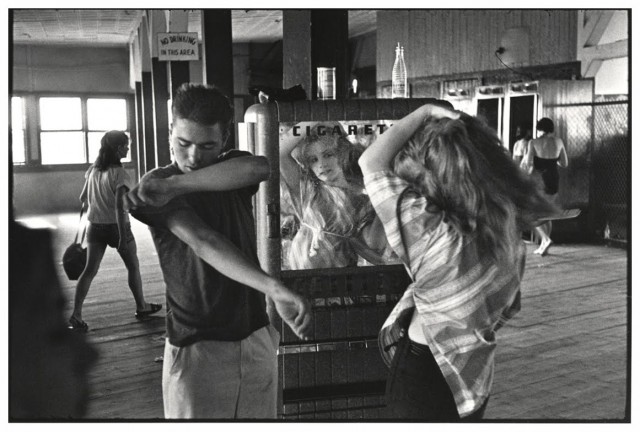
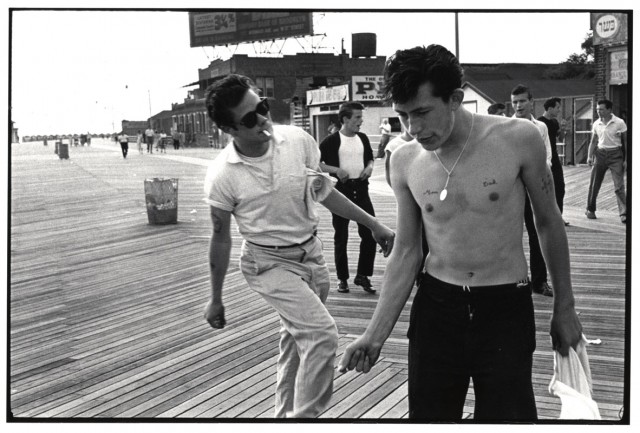
‘The old guys used to buy beer for us in the stores when we were fifteen. If we said we wanted a case of beer, they’d say, ‘no, we’ll just get you a six pack’. Naturally, we got a six-pack from this guy and a six-pack from that guy.” (pg.88)
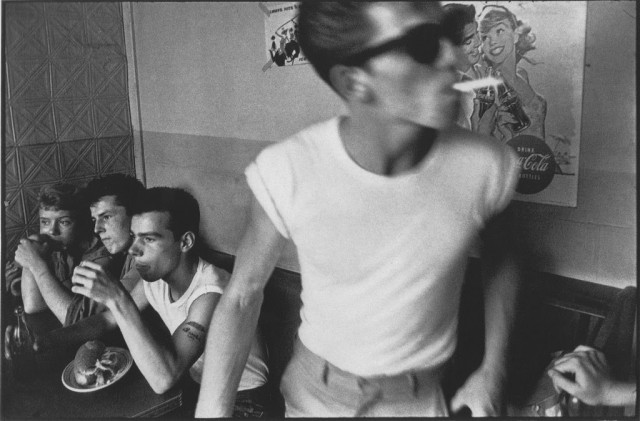
In 1998—at the same time as the complete series was being published—a former Joker, Bengie, looked Davidson up. It didn’t take long for the two men to arrange a meeting and within weeks they were sitting across from one another, sipping coffee at a restaurant in Manhattan. At that point Bengie began to tell Davidson his life story. Davidson recalls,
“As I looked at him, a man of fifty-five with a weathered face and hidden past, I sensed he was seeking to come to terms with his past life. I looked at him and listened. He told me that a few years after I left drugs had become prevalent in the neighborhood. First he was a drug dealer and then he was a serious user. His life fell apart, and he found himself homeless, living on the streets, in hallways, along abandoned waterfront piers, and in Prospect Park.” (Davidson, 1998. pg. 83)
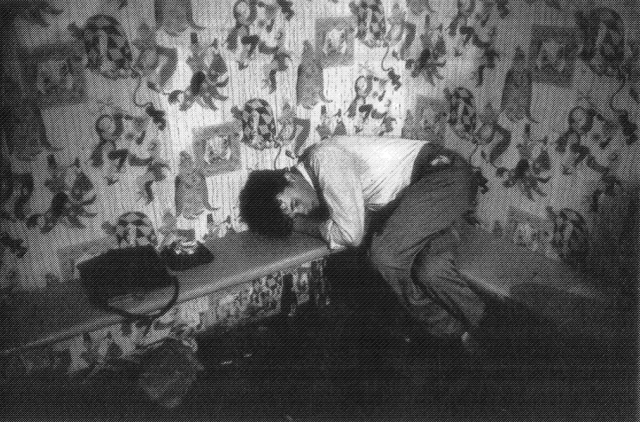
“Another place we drank was ‘the hole’ on 18th street. It was only 3 ½ feet wide and 30 feet long. There was a bar that we used to spin around on, that was like our ‘high bar’. We would meet and drink here before the park dance. This was the spot.” (Bengie in Davidson p.95)
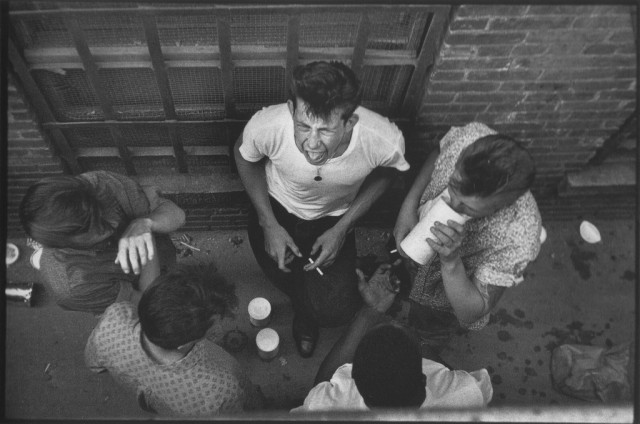
Bengie eventually checked himself into rehab and rebuilt his life. He ran the New York Marathon and is now a full time drug counselor in midtown. Some of The Jokers still come to him as patients.
To read Bengie’s full recollection of faces, places, and names from the Brooklyn summer of 1959, you’ll need to get your hands on the book. But be prepared to pay for the privilege, it’s selling for 4 grand on Ebay!